Swiss film gives voice to Gaza residents
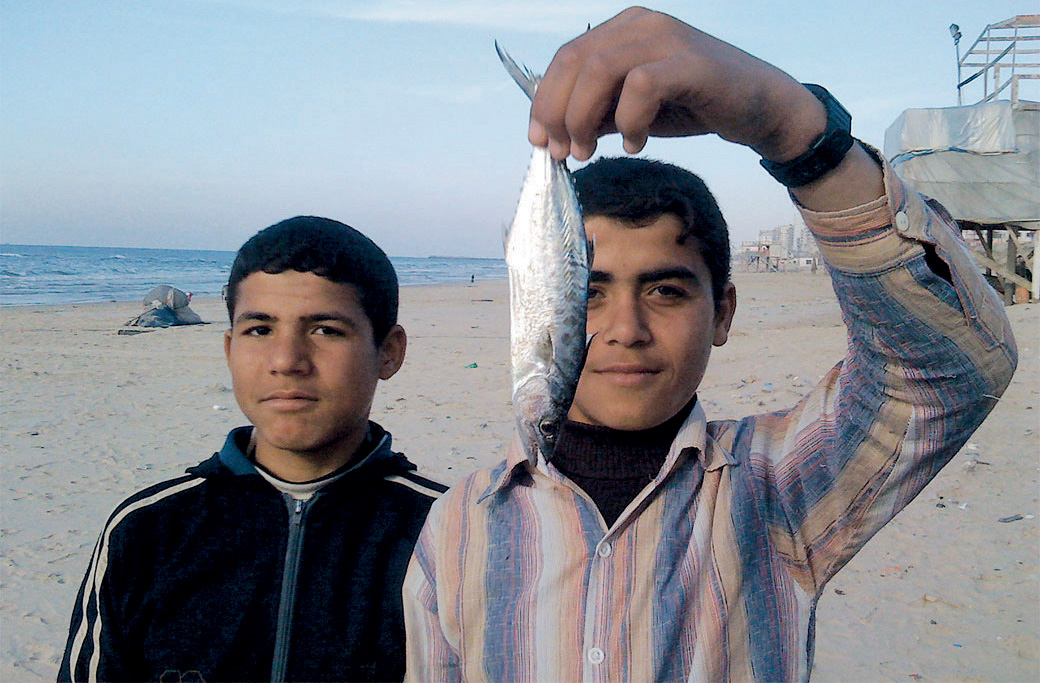
The worst effects of Israel’s blockade of Gaza are the psychological ones, Swiss film director Nicolas Wadimoff tells swissinfo.ch.
His new documentary Aisheen (Still alive in Gaza), which is being shown in Switzerland and France, takes a compelling, humanist look at the suffering and vitality of the residents of Gaza as they struggle daily to survive.
Shot a few weeks after the end of Israel’s January 2009 offensive on Gaza, the film, which features no commentary, lets a series of powerful, almost surreal images do the talking.
A fairground owner quietly repairs his rides; clowns attempt to make children laugh and forget the bombing with balloons and red noses; chaos reigns at a United Nations food distribution site; a beached whale is picked clean in a matter of hours by hungry residents; missiles explode near smugglers’ underground tunnels and a local rap group defends itself on a youth radio programme.
The documentary, funded by the Al-Jazeera Children’s Channel, has received prizes at film festivals in Berlin, Germany and Nyon, Switzerland, and there are plans to show it at festivals in Warsaw, Copenhagen, Leipzig, Durban, and across the Middle East.
swissinfo.ch: What impact has the three-year blockade had on Gaza residents?
Nicolas Wadimoff: The blockade is inhumane, barbaric and unjust. Palestinians live in absolute poverty, constantly worrying about how they can meet their daily needs – gas, water, wood, parts for their cars or electricity.
People are not suffering from famine. The crisis, where 80 per cent of the [1.5 million] population depend on humanitarian aid, is balanced by the fact that goods are smuggled into Gaza. Tunnels don’t just bring in weapons, but also fridges, generators, animals, toys and food.
But the worst effects of the blockade are the psychological ones. When you are cut off from the world in a huge prison, you start to have community reflexes that become sectarian and make people more radical. Fortunately, they have a counterbalance to this psychological internment – the internet, which allows them to stay in touch with the outside world.
swissinfo.ch: You have made several documentaries looking at the Middle East and Palestine in particular – what is your special interest?
N.W.: I have mixed origins and I’m attracted by the issue of land, sense of belonging and identity.
Palestine is also a region where I feel very welcome. Palestinians have a strength and human warmth – a remarkable sense of hospitality, dignity and courage.
Another more intellectual reason is that I’m deeply dissatisfied with the coverage by journalists and politicians of events in the region and the Israeli-Palestinian conflict. Whether it’s on TV or in the newspapers, I don’t find the things I see or experience in Palestine or Gaza.
For journalists or politicians covering Palestine, especially Gaza, everything seems to constantly revolve around two issues – victims or terrorism – and anything else doesn’t exist. You’re either a Hamas activist or you’re a victim of Hamas or of the occupation, and that’s it.
We forget that there are people there with individual stories. Together with cameraman Frank Rabel and writer Béatrice Guelpa, our idea [for Aisheen] was to give a voice and face to the people who are normally just numbers or stereotypes.
swissinfo.ch: Among the many different stories and scenes, which still stands out for you?
N.W.: There is one shot of a old woman picking up pieces of plastic, china and cloth in front of her destroyed home. There is a kind of universal dimension in her gesture. We have no choice as humans. Whether in Gaza or after the earthquake in Haiti or in Rwanda after the genocide, we have to stand up and get on with rebuilding our lives.
swissinfo.ch: Despite the destruction and ruins in Gaza, your film still offers some kind of hope.
N.W.: The title “Aisheen (Still alive in Gaza)” reflects the sense of the film. In the face of this desperate situation, which has few short-, medium-, even long-term perspectives, what remains, beyond the pro-Palestinian or pro-Israeli positions, Hamas, Fatah or the blockade, are the people. Showing they are still alive is the only tangible thing right now and to which we should pay homage.
I recently watched a French TV debate about the conflict and not once did they talk about the civilians as individuals, there were just questions about Israel, Palestine or Hamas. Like this we forget there are people living there.
The idea of seeing someone in Gaza rebuilding a fairground ride, reconstructing a whale from its bones, keeping a zoo or school open, or recording a hip hop album are dignified, spirited acts which are their greatest assets today.
swissinfo.ch: What are your plans with the film?
N.W.: I really want to show Aisheen in Israel. We are waiting for an invitation from the Tel Aviv cinematheque, who said they want to invite us.
I want to hold a debate with the Israeli public on the basis of my film and show them that Gaza is not made up of 1.5million bearded Hamas militants armed to the teeth with knives. There are people living there – what are we going to do about it?
Simon Bradley, swissinfo.ch
The Gaza Strip is a piece of land on the eastern Mediterranean coast about 41 kilometres long and 12 kilometres wide at its widest point, a total of 360 square kilometres.
It is surrounded by Israel to the north and east, and Egypt to the south.
It has a population of about 1.5 million, giving it a population density of over 4,000 per square kilometre. The bulk of the inhabitants are refugees or descendants of refugees.
In 1967 Israel occupied the territory and created 21 Jewish settlements there.
After the Oslo accords of 1993, the Palestinian Authority took over the administration. Israel withdrew completely in 2005, but retained control of the border points.
In Palestinian legislative elections in 2006, Hamas won a clear victory. After a struggle with the Fatah party of Palestinian president Mahmud Abbas, Hamas took control of the Gaza Strip in June 2007.
Israel has kept the territory under a tight blockade since June 2007. Israel says the blockade was intended to hold Hamas – which it views as a terrorist group – responsible and accountable for rocket attacks on Israeli territory. It is also intended to constrain Hamas’s ability to rule in Gaza, and to put pressure on it to release Gilad Shalit, an Israeli soldier held captive for four years.
The blockade, preventing all exports from Gaza and confining imports to a limited supply of humanitarian goods, has failed to bring down Hamas but has heaped misery on Gaza’s 1.5 million residents.
The UN humanitarian co-ordinator said last week that the formal economy in Gaza has “collapsed” and 60% of households were short of food.
According to UN statistics, around 70% of Gazans live on less than $1 a day, 75% rely on food aid and 60% have no daily access to water. The World Bank estimates that 80 percent of Gaza’s imports arrive by tunnel.

In compliance with the JTI standards
More: SWI swissinfo.ch certified by the Journalism Trust Initiative

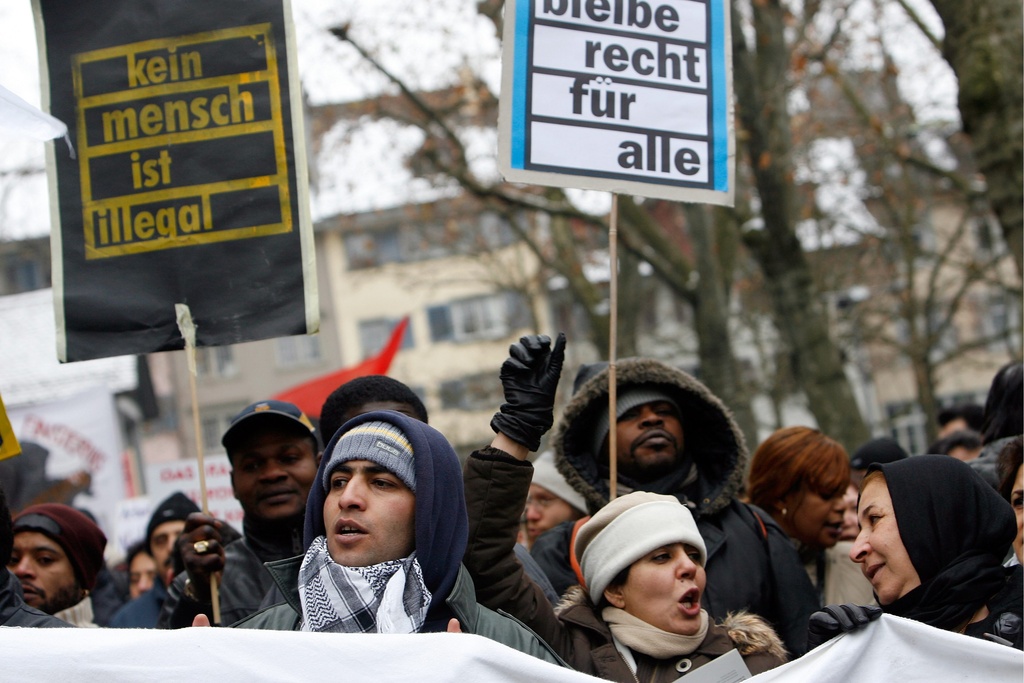
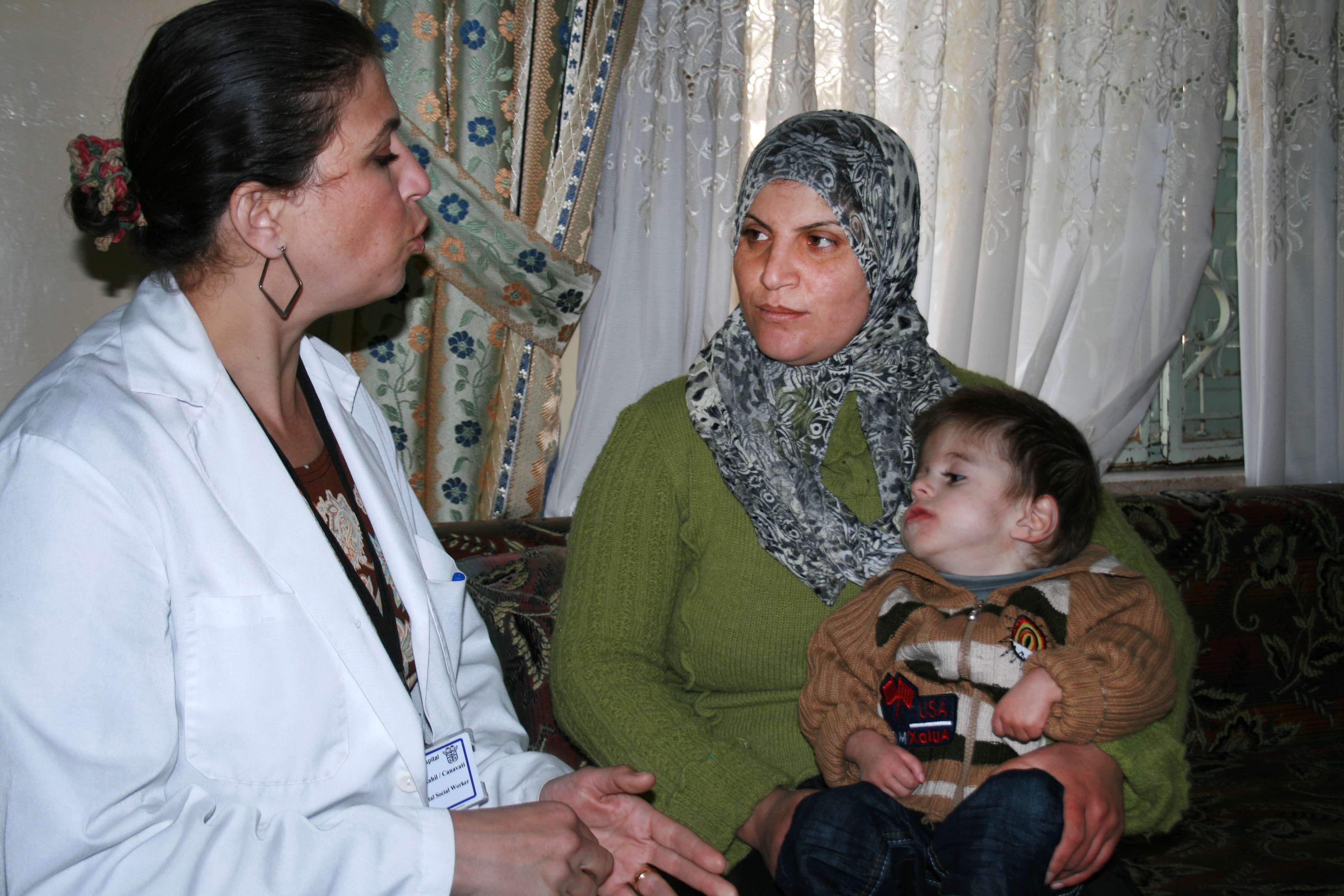
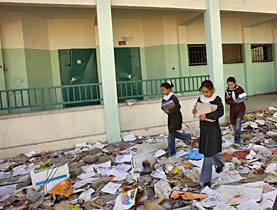
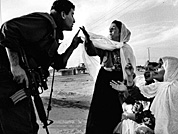
You can find an overview of ongoing debates with our journalists here. Please join us!
If you want to start a conversation about a topic raised in this article or want to report factual errors, email us at english@swissinfo.ch.